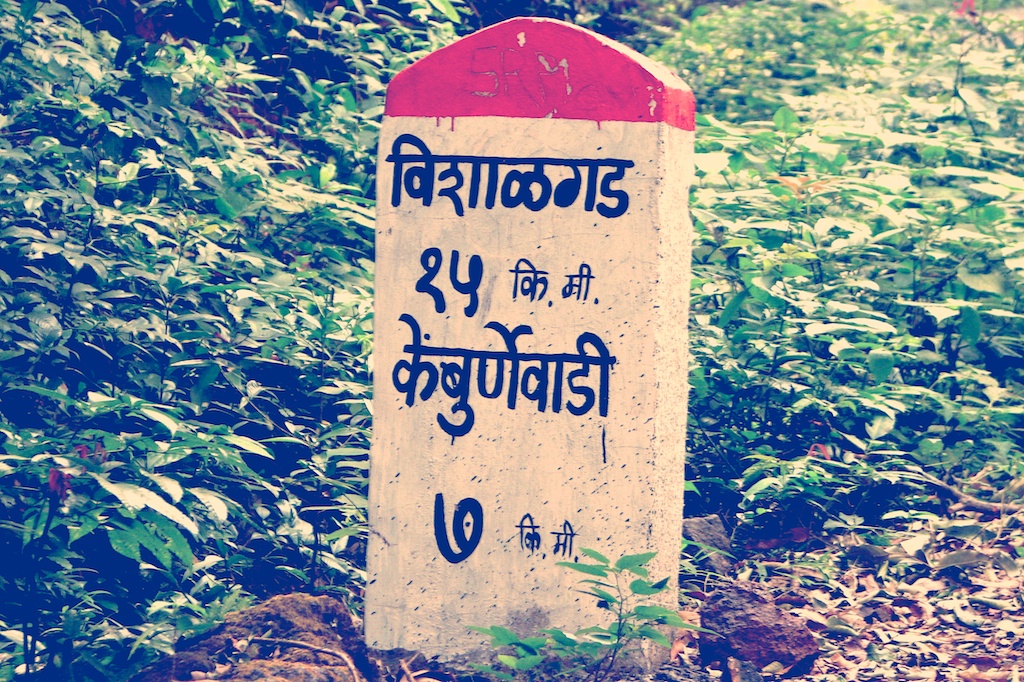Most history is guessing, and the rest is prejudice. ~ Will Durant, The Story of Civilisation: Our Oriental Heritage
In a recent interview, Thomas Holland said, “The very idea that history should be written without bias is itself a biased one.” How much can we agree with Holland? And does this mean that all of history writing is (or should be) essentially biased?
Perhaps the only way to write about history without bias, and it is possible, is to list facts. And this statement of fact should not have a single adjective. That itself may seem almost impossible. And even if it were done, reading of such history would be dull, to say the least.

The sword of history has two edges, one that cuts open new possibilities in the future, and one that cuts through the noise, contradictions, and lies of the past.”
~ The History Manifesto, by David Armitage, Jo Guldi
All bias is essentially political in nature, when stripped of the stage from which it speaks. It may not necessarily have an inherent propaganda, but the nature of the bias is political. The locus of the writer in relation to the history that she writes, determines the nature and degree of the bias. It may get further aggravated by the discipline of an -ism that she follows. Her personal understanding of the constructs of history-telling also come into play. Uday Kulkarni makes a pithy point here of these constructs:
These constructs, and other -isms are essential for a rounded reading of history. (If we are not to read history as a list of dates, places, and name) Equally necessary, is for the reader to be aware of these -isms. For further refining the roundedness of a particular history, it would be a good idea to read the same history by different authors. A writer’s bias of a particular -ism is identified by knowing about the author. Other biases leak through (a) the use of extreme adjectives or (b) the use of extremely vague or extremely specific descriptions of constructs. Superlative adjectives do a disservice to the reading of history. Most of them are prone to visualisation, and almost all of them fuel extreme emotions (and bias) in the reader and propagate the bias.
The writing and reading of history, both, also need to be situated in the era of that history. Our understanding of society, as we live in, should never be the standard by which we decide the good and the bad. The civilised society that we live in is a result of the events that we read of. Standing tall at the end of the refined time-line of evolution, it is irrational, to look back and judge it from where we stand. That is a sure sign of introducing bias.
Holland says:
A concern always to be true to the facts as they can be ascertained; a recognition that people in the past lived by different standards; an obligation to get things right about the dead; a sensitivity to what shapes primary sources. All these are crucial. But I repeat — the greatest virtue of all in a historian is curiosity!
The responsible writer of history therefore will attempt to reduce bias, but need not invest effort at eliminating it altogether. The responsible reader will identify the genesis, nature, and purpose of the bias. Hopefully not introducing his own, but recognise the existing bias, nonetheless.
History has this power to create major theoretical debates, revealing that what was previously accepted as a natural truth is actually no more than unexamined bias. ~ The History Manifesto, Jo Guldi & David Armitage (Free download)
The writer and the reader of history, are both historians. And questions need to be asked, constantly.

